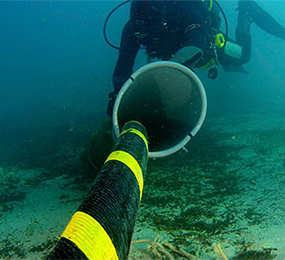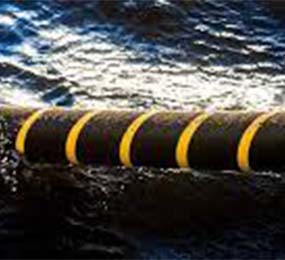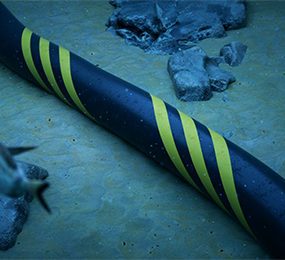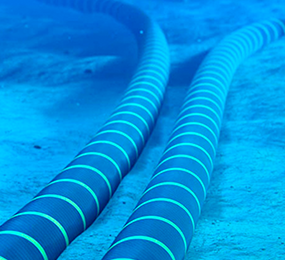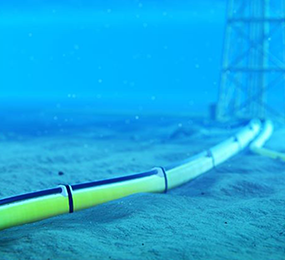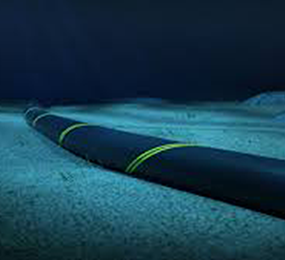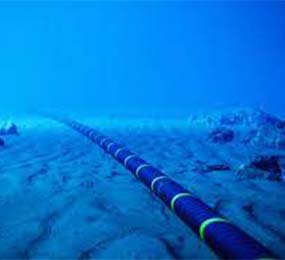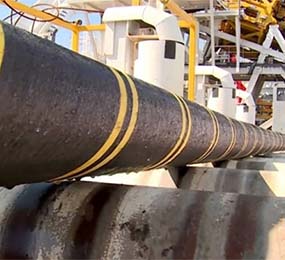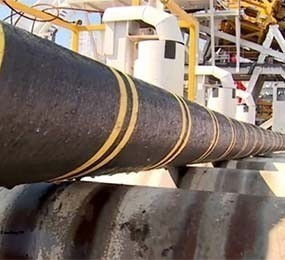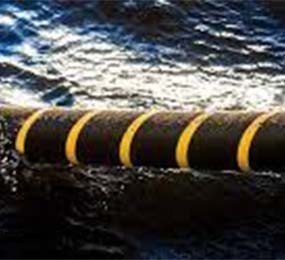Regulatory Frameworks for Submarine Power Cables and Interconnections: What Needs to Change?
Regulatory frameworks play a critical role in ensuring the safe and efficient installation and operation of submarine power cables and interconnections. These cables are essential for transmitting electricity between offshore renewable energy projects, linking different energy grids, and connecting islands to mainland power systems. As the demand for clean energy grows, so does the need for more interconnections and power cables.
The regulatory frameworks governing submarine power cables and interconnections vary widely across different countries and regions. While some have well-established procedures and requirements, others are still in the process of developing their regulatory frameworks. The lack of consistency in regulatory frameworks can create significant challenges for companies looking to develop and operate submarine power cables and interconnections.
One of the most significant challenges facing the industry is the lack of a harmonized regulatory framework across Europe. The EU's current regulatory framework for energy infrastructure is fragmented and does not adequately address the unique challenges of submarine cables and interconnections. The EU is working to address this issue by introducing a new legislative framework for cross-border energy infrastructure, which includes submarine power cables and interconnections. The new regulations will streamline the permitting process, reduce administrative burdens, and improve regulatory certainty for companies.
Another challenge facing the industry is the lack of clarity around environmental requirements. Submarine power cables and interconnections have the potential to impact marine life and the environment. However, there is no consistent approach to environmental assessments or mitigation measures. The lack of clarity around environmental requirements can create significant delays in the permitting process and increase costs for companies.
To address these challenges, regulatory frameworks need to be updated to reflect the unique requirements of submarine power cables and interconnections. Governments need to work closely with industry stakeholders to ensure that regulatory frameworks are efficient, effective, and flexible enough to adapt to the rapidly changing industry landscape.
One approach that is gaining traction is the use of performance-based regulations. Performance-based regulations focus on achieving a desired outcome rather than prescribing specific methods or technologies. This approach allows companies to innovate and find the most cost-effective solutions while ensuring that safety and environmental requirements are met.
In conclusion, the regulatory frameworks governing submarine power cables and interconnections play a critical role in the safe and efficient operation of these essential infrastructure components. Governments and industry stakeholders need to work together to develop flexible and effective regulatory frameworks that can adapt to the rapidly changing industry landscape while ensuring safety, environmental protection, and regulatory certainty.
Visit our website to know more: https://www.leadventgrp.com/events/2nd-annual-submarine-power-cable-and-interconnection-forum/details
For more information and group participation, contact us: [email protected]
Leadvent Group - Industry Leading Events for Business Leaders!
www.leadventgrp.com| [email protected]


